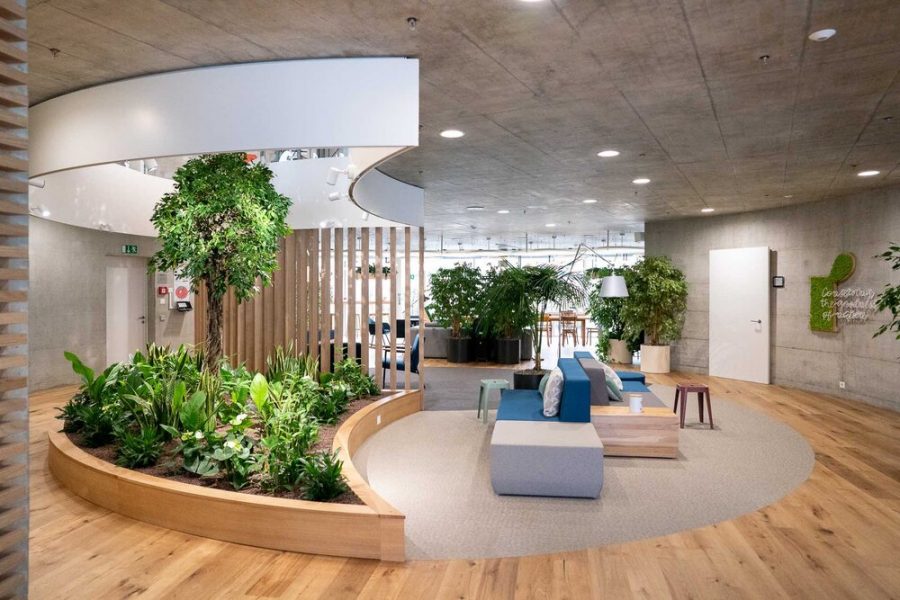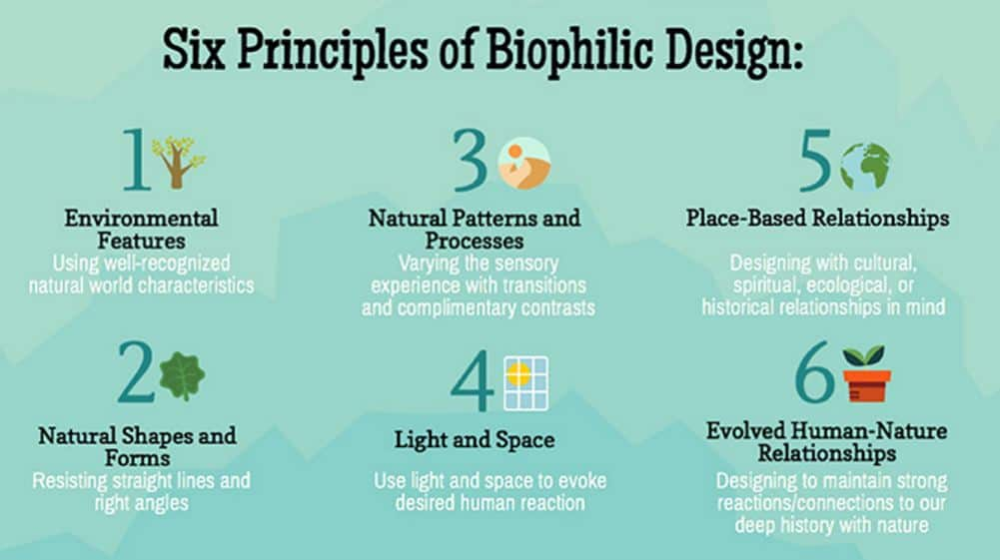How Does Architecture Incorporate Principles Of Biophilic Design In Healthcare Facilities?

Design plays a vital role in healthcare. The design of healthcare facilities creates a healing environment, reduces stress, and facilitates efficient healthcare delivery. One of the emerging design concepts in healthcare is biophilic design. Biophilic design involves the incorporation of natural elements into the built environment, promoting a connection with nature. This design concept has numerous benefits to both patients and healthcare providers.
Improved Health Outcomes for Patients
Biophilic design improves health outcomes for patients in several ways. Some of the ways are:
Reduced Stress and Anxiety Levels
Incorporating natural elements into the built environment reduces stress and anxiety levels in patients. In a study conducted on patients, those with access to nature had lower stress levels compared to those with no access to nature.
Promotes Restful Sleep
Restful sleep is essential for the healing process. Biophilic design promotes restful sleep by incorporating elements such as daylight, greenery, and natural materials in patient rooms. These elements have been shown to improve the quality of sleep in patients.
Accelerated Healing Process
Nature has a significant impact on the healing process. Biophilic design incorporates natural elements, improving the healing process. Patients in facilities with biophilic design recovered faster than those in facilities without it.
Benefits to Healthcare Providers
Healthcare providers also benefit from biophilic design in several ways. Some of the benefits are:
Enhances Productivity and Well-being
Working in biophilic environments has been shown to enhance productivity and well-being among healthcare workers. Studies have shown that healthcare workers who work in facilities with natural elements have fewer sick days compared to those working in facilities without natural elements.
Reduced Staff Turnover
Staff turnover is a significant concern in healthcare. Biophilic design reduces staff turnover by creating a nurturing and supportive environment. A study conducted on healthcare workers in a facility with biophilic design showed a 23% reduction in staff turnover compared to those in facilities without biophilic design.
Design Elements of Biophilic Design
Biophilic design incorporates natural elements into the built environment. The following design elements are commonly used:
Daylight
Natural light is essential for human well-being. Incorporating daylight into healthcare facilities has numerous benefits. Daylight has been shown to improve mood, reduce stress, and improve sleep quality.
Greenery
Plants and greenery have a calming effect on patients and promote a connection with nature. Incorporating greenery into healthcare facilities can reduce the need for medication to control anxiety and depression.
Water
Water has a soothing effect on humans. Incorporating water features such as fountains, waterfalls, and ponds into healthcare facilities promotes a connection with nature and reduces stress levels.
Natural Materials
Natural materials such as wood, stone, and bamboo have been shown to have a calming effect on patients. Using natural materials in healthcare facilities has numerous benefits, including reducing stress, improving mood, and improving the healing process.
FAQ
What is biophilic design?
Biophilic design is the incorporation of natural elements into the built environment to promote a connection with nature. The design concept has several benefits to both patients and healthcare providers, including reduced stress levels, improved healing process, enhanced productivity, and reduced staff turnover.
What are the design elements of biophilic design?
The design elements of biophilic design include daylight, greenery, water features, and natural materials.
What are the benefits of biophilic design to patients?
Biophilic design has numerous benefits to patients, including reduced stress and anxiety levels, promoting restful sleep, and accelerating the healing process.
What are the benefits of biophilic design to healthcare providers?
Healthcare providers benefit from biophilic design in several ways, including enhanced productivity and well-being, reduced staff turnover, and improved patient outcomes.
What are the challenges of implementing biophilic design in healthcare facilities?
One of the challenges of implementing biophilic design in healthcare facilities is the high cost of incorporating natural elements into the built environment. Another challenge is the lack of understanding among healthcare providers on the benefits of biophilic design.
What is the future of biophilic design?
Biophilic design is an emerging trend in healthcare design. The future of biophilic design involves the use of innovative techniques and technology to incorporate natural elements into the built environment. The incorporation of biophilic design into healthcare facilities is expected to become the norm in the future.




Post a Comment for "How Does Architecture Incorporate Principles Of Biophilic Design In Healthcare Facilities?"